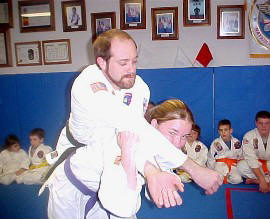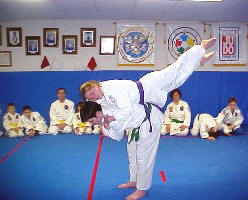A football game is not generally
considered an object of beauty, yet it
is quite conceivable that an expert may be so thrilled by the
smoothness of the play and by the exact execution of the well-drilled
attack that for the moment even the thought of victory will have no
place in his consciousness. The exclamation “Beautiful!” which
escapes
his lips will have been used in a sense as legitimate as the most
critical purist can desire.
8
We have, instead, indicated that play
is an activity in which a means
to some end has itself become an end. This new emphasis, leading
to
the perfection of a means, is the origin of art. However, it can
also
lead to mere playfulness, which enjoys but does not perfect the
means... It is not the mere employment of means apart from their
usual
ends, but the effortful refinement and perfection of these means, that
results in a work of art.
9
A distinguishing feature in Japanese
painting is the strength of the
brush stoke, technically called fude no chikara or fude no ikioi.
When
representing an object suggesting strength, such, for instance, as a
rocky cliff, the beak or the talons of a bird, the tiger's claws, or
the limbs and branches of a tree, the moment the brush is applied the
sentiment of strength must be invoked and felt throughout the artist's
system and imparted through his arm and hand to the brush, and so
transmitted into the object painted; and this nervous current must be
continuous and of equal intensity while the work proceeds.
11



